API Design 101: From Basics to Best Practices
Learn the fundamentals of API design and best practices to build clean, scalable, and secure APIs.
What is an API?
An API (Application Programming Interface) defines how software components should interact.
It’s essentially a contract between systems that specifies:
What requests can be made (endpoints, methods, payloads)
How to make those requests
What responses to expect (status codes, response body)
It’s an abstraction mechanism because it hides implementation details while exposing functionality.
APIs also set service boundaries by defining clear interfaces between system components
APIs enable different systems to communicate regardless of their underlying implementation. Like client browsers with servers, servers with another server, and so on.
Core API Styles
Let’s focus on the most important API styles you’ll encounter:
REST (Representational State Transfer)
A resource-based approach using HTTP methods
Stateless interactions
The most common API style today
GraphQL
Query language allowing clients to request exactly what they need
Single endpoint for all operations
Ideal for complex data requirements with minimal round trips
gRPC
High-performance RPC framework using Protocol Buffers
Excellent for microservices and internal system communication
Supports streaming and bidirectional communication
Key Design Principles
Having covered the most common types of APIs, let’s now turn our attention to the four key design principles (best practices) we typically adhere to when creating APIs.
1. Consistency
Use consistent naming, casing, and patterns across your API
Example: If you use camelCase in one endpoint, use it throughout
2. Simplicity
Focus on core use cases and minimize complexity
Aim for intuitive designs that developers can understand quickly
Remember: The best API is one that developers can use without reading documentation
3. Security
Authentication: Verify who is making the request
Authorization: Determine what they’re allowed to do
Input validation: Never trust client data
Rate Limiting
4. Performance
Design for efficiency with appropriate caching strategies
Consider pagination for large data sets
Minimize payload sizes and network round trips
How application protocols influence API design decisions
Application protocols also play an important role in influencing our choices regarding API design. For example:
HTTP features directly enable RESTful capabilities
WebSockets enable real-time, bidirectional APIs
Your protocol choice fundamentally shapes your API design options. Protocol constraints and their influence on design decisions. (I’ll discuss the API protocols in more detail in the next post, so stay tuned)
The API Design Process
The API design process involves much more than just development; it always starts with grasping the requirements.
Understanding Requirements
This is where we identify core use cases and user stories
Define scope and boundaries
Determine performance requirements
Consider security constraints
Design Approaches
Top-down: Start with high-level requirements and workflows
Bottom-up: Begin with existing data models and capabilities
Contract-first: Define the API contract before implementation
Implementation-first: Derive API design from implementation needs
API Lifecycle Management
APIs typically progress through this lifecycle, starting from the design phase and leading to deprecation.
Design phase
Development and testing
Deployment and monitoring
Maintenance and evolution
Deprecation and retirement
Conclusion and Next Steps
If you found this overview valuable, there’s much more to explore in the world of API design and system architecture. The concepts we’ve covered today are just the foundation of what makes truly exceptional APIs that developers love to use and that scale effectively in production.




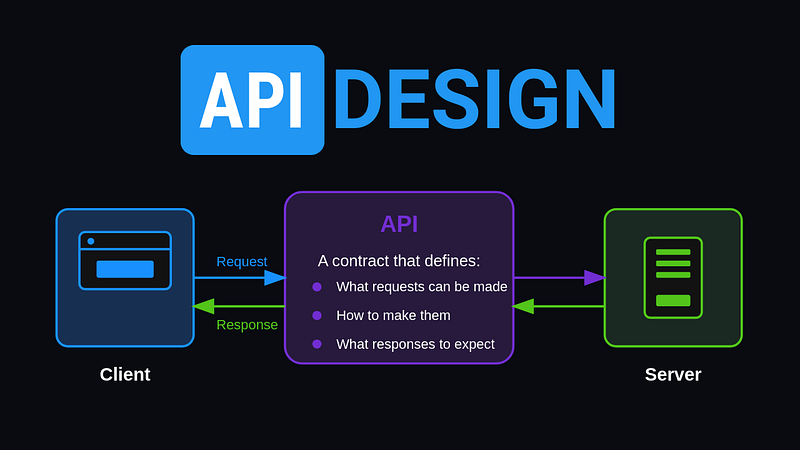
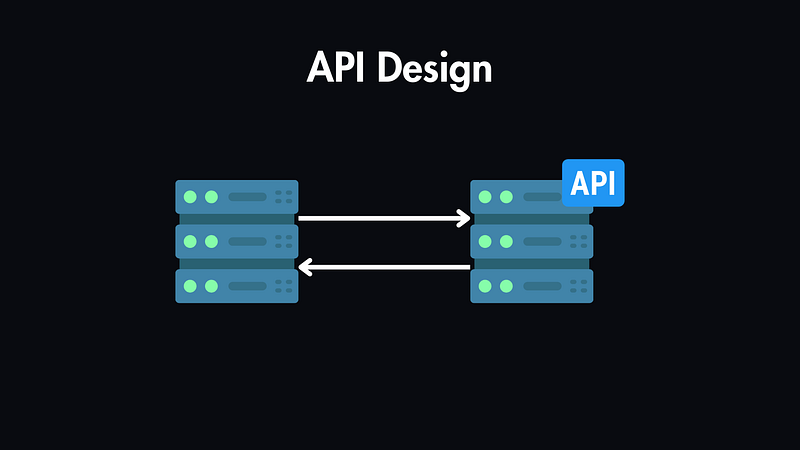
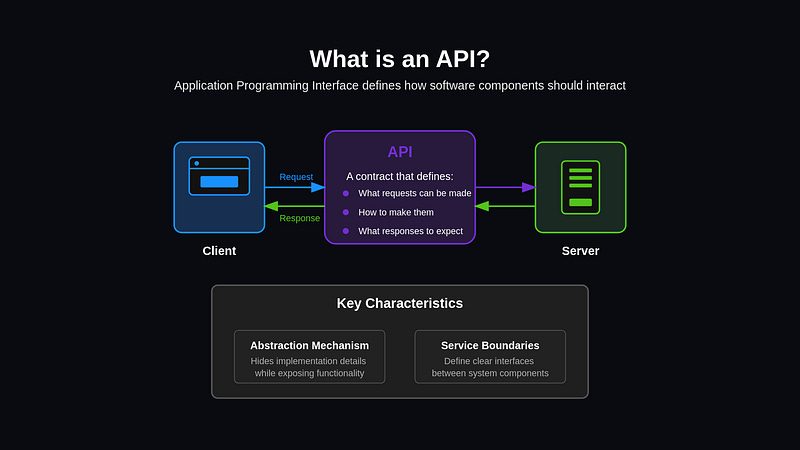

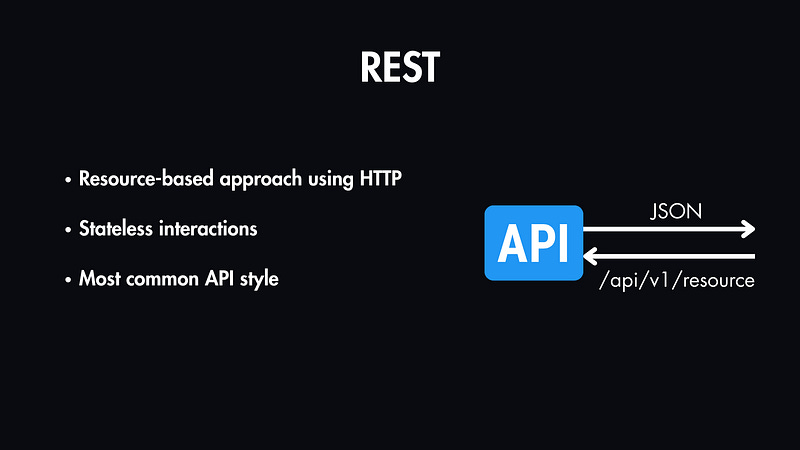
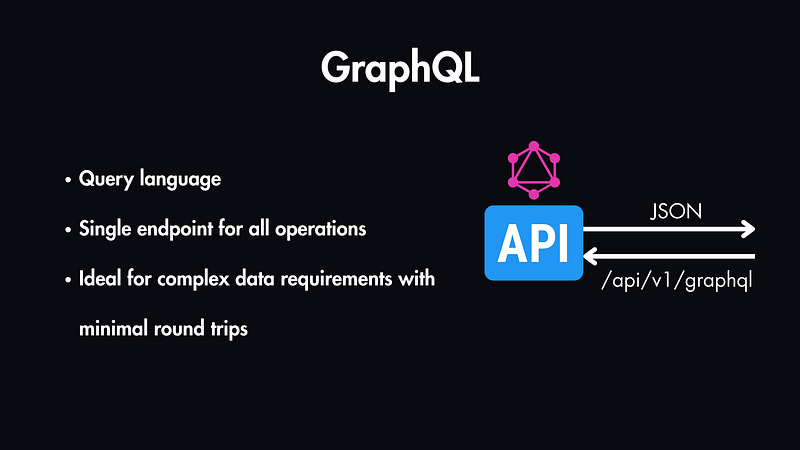
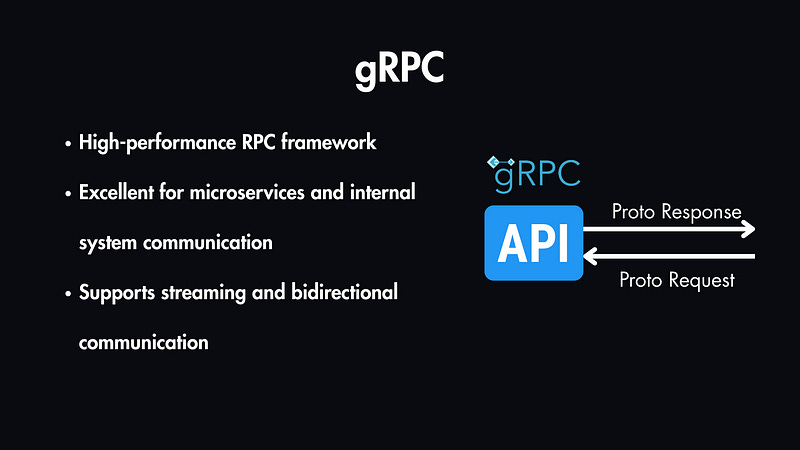

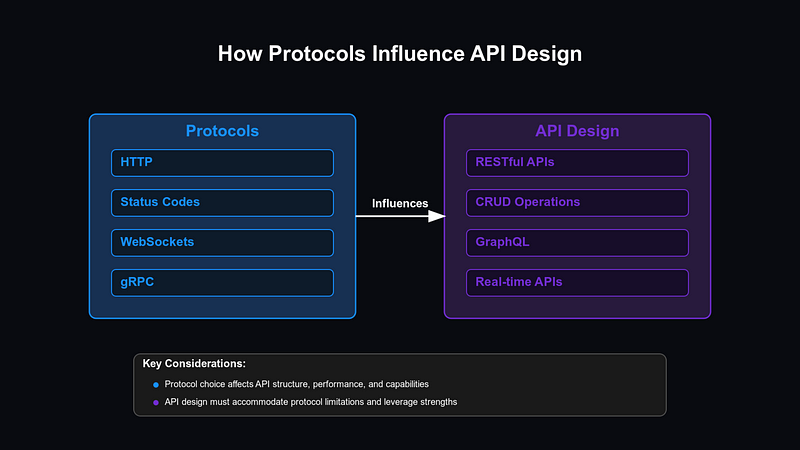
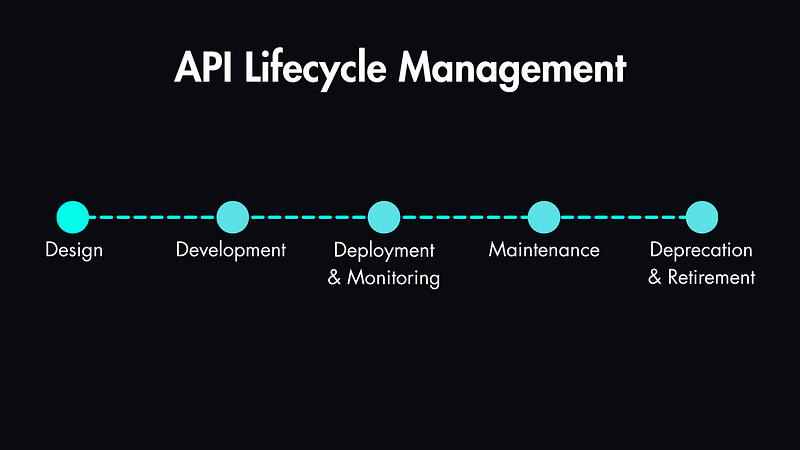
easy to understand. Thank for sharing
Simple and nice